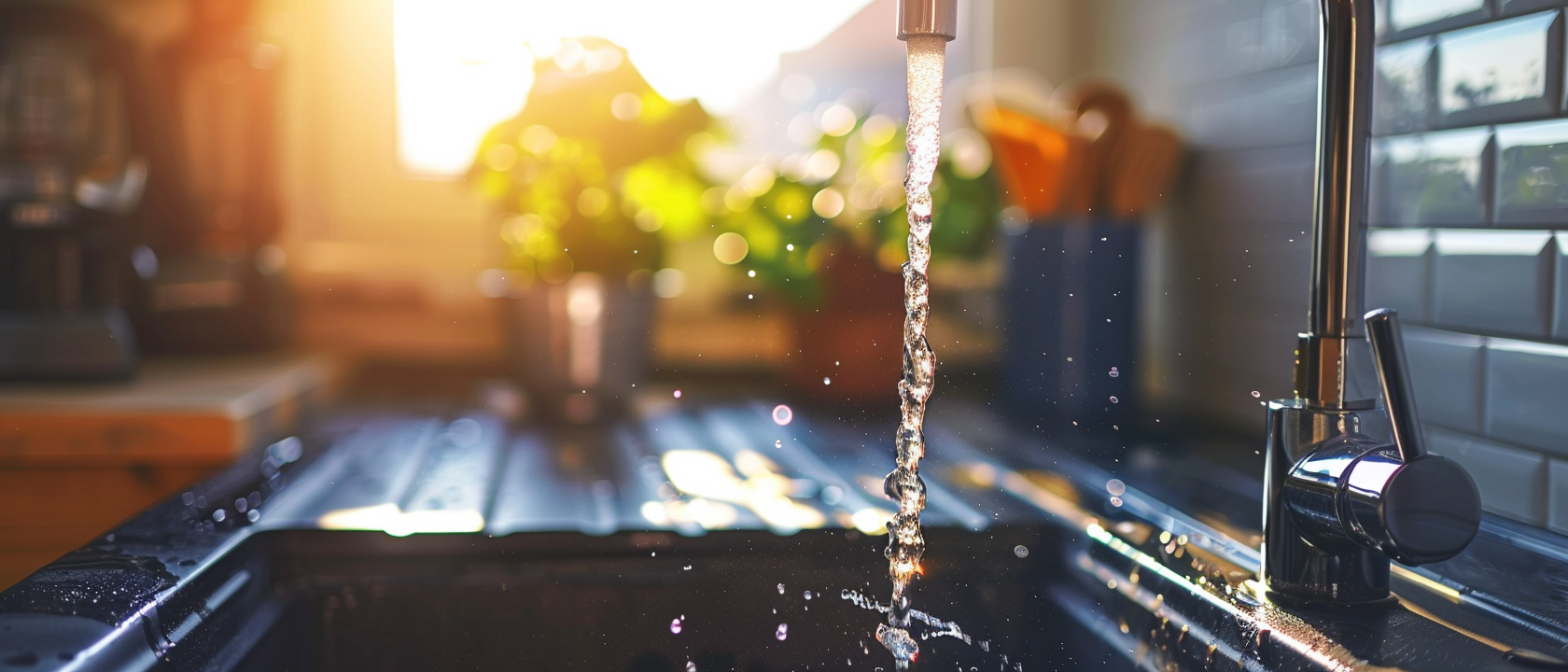Key Insight
Over 60% of "no hot water" complaints stem from resolvable issues, yet 40% require professional intervention to prevent safety hazards.
This interactive guide empowers homeowners to diagnose issues across tank, tankless, and hybrid systems while highlighting San Francisco-specific risks like fog-induced vent blockages.
1. Power Supply
The first step in diagnosing water heater issues is to ensure proper power supply. Different types of water heaters have different power sources, so it's crucial to check the appropriate components for your system.
Electric Systems
Check circuit breakers: Are both breakers ON?
Test outlet voltage: Should read 120V (or 240V) across terminals
Gas Systems
Verify gas valve is open (parallel to pipe)
Listen for ignition clicks or pilot light flames
Hybrid Systems
Confirm heat pump display has power
Check if backup electric mode is functional
2. Thermostat Settings
Incorrect thermostat settings can lead to water that's too cold or inconsistent temperatures. This step guides you through checking and adjusting the thermostat settings for various water heater types.
Tank Systems
Verify upper/lower thermostats are set to 120°F
Use a flathead screwdriver to adjust if needed
Tankless Systems
Ensure "vacation mode" is deactivated
Confirm output temperature is set to at least 120°F
Hybrid Systems
Check if heat pump priority mode is enabled
3. Safety Resets
Safety features in water heaters can sometimes trigger, cutting off the heating function. This section walks you through resetting these safety mechanisms for different types of water heaters.
Electric Tanks
Locate and press the red reset button under the access panel
Gas Units
Reset the high-limit switch via the control module
Tankless
Perform a power cycle at the main disconnect
4. Sediment Buildup
Over time, sediment can accumulate in your water heater, reducing its efficiency and potentially causing issues. This step explains how to check for and address sediment buildup in different water heater systems.
Tank Systems
Drain at least 3 gallons until water runs clear
Tankless
Consider scheduling a professional descaling service
Hybrid
Verify heat exchanger temperature difference is greater than 35°F
5. Critical Component Functionality
If basic checks haven't resolved the issue, it may be necessary to examine key components of your water heater. This section guides you through testing critical parts, but remember to exercise caution and consider professional help for complex issues.
Heating Elements
Check for 10-16Ω resistance using a multimeter
Replace if resistance is outside this range
Thermocouples
Verify 12-15mV output with a multimeter
Replace if output is less than 12mV
Flow Sensors
Confirm activation at 0.5 GPM
Clean or replace if activation requires higher flow
6. Error Codes
Modern water heaters often display error codes to indicate specific problems. This final step helps you interpret these codes and decide whether professional assistance is needed for resolution.
Check Error Codes
Check for any displayed error codes on the unit
Check the Manual
Consult the manufacturer's manual for code meanings
Get Help
For complex issues, contact a professional for code-specific repairs
Need Professional Help?
If you've gone through these checks and still have issues, it's time to call in the experts. Contact Lutz Plumbing for prompt, reliable water heater repair and replacement services in the Bay Area.

